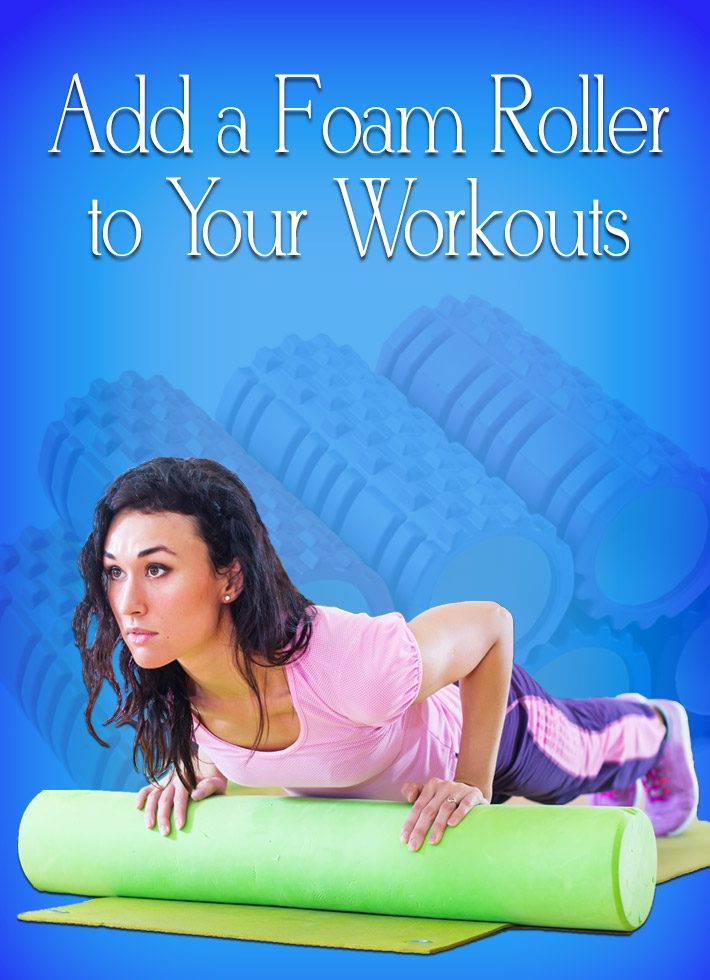
It’s no surprise that foam rollers are a favorite workout tool for everyone from yoga aficionados to professional athletes to senior citizens. For less than the cost of a dinner out, foam rollers can help loosen tight muscles, improve mobility and increase circulation — all from the comfort of your own living room.
“Using foam rollers can treat pain associated with tight muscles (and fascia) as well as help people who have poor balance, decreased coordination or decrease range of motion of their joints,” says Carole Blueweiss, doctor of physical therapy and a New York City-based Feldenkrais practitioner (a form of exercise that uses gentle movement).
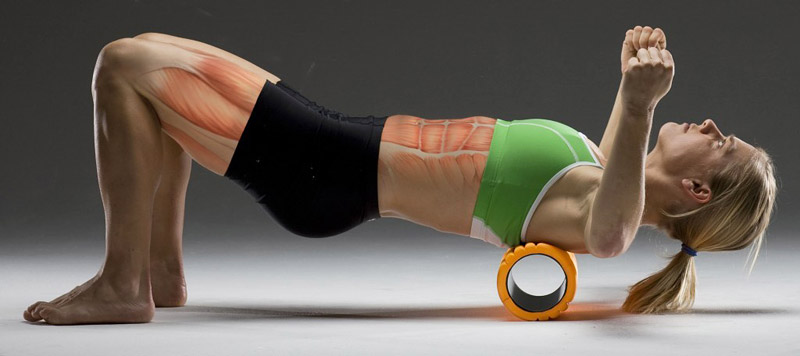
As you release muscle tension, your muscles relax, and that’s when you’ll be able to stretch them with a greater range of motion, says Casey Miller, a personal trainer in Colorado Springs.
Foam rollers — which come in a wide range of designs, as well as softness and firmness — also can help relieve ongoing painful conditions such as carpal tunnel syndrome, tennis elbow and lower back pain, Blueweiss says.
And, for all of us who spend our days hunched over computers, this low-tech gadget can work wonders to help reset bad posture habits caused by our high-tech lifestyle. “When it comes to correcting posture, foam roller is a must-have tool,” Miller says.
Before you start
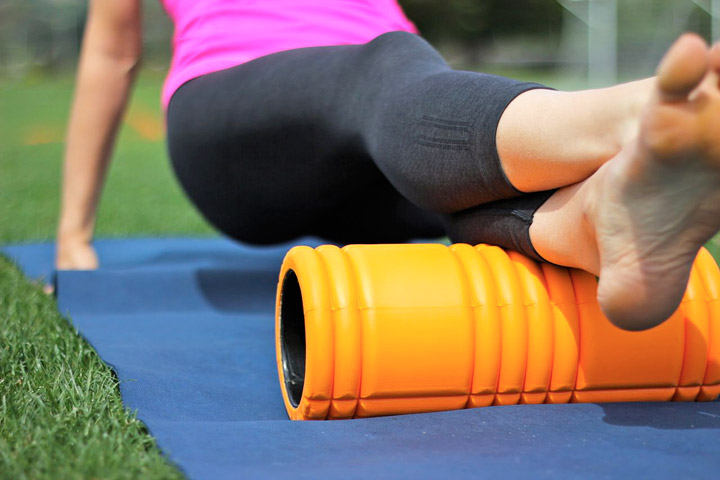
If you’re new to foam rollers, here are four tips for getting started:
1. Ask an expert. Foam rollers come in lots of different sizes, shapes and materials so ask a professional which one is likely to fit your needs the best.
2. Avoid using it on injuries. You shouldn’t use a foam roller on any area that is injured unless you get an okay from your healthcare professional as this could cause more harm.
3. Start soft. At first, using a foam roller may hurt. To that end, experts recommend starting with a softer foam roller in order to get used to that “painful” feeling some people experience when they first start using one. Once you’ve adapted to using a softer foam roller, try one that’s firmer and/or has knobs that grip.
4. If it hurts, stop. If you feel dizzy while using it or if the pain is too much, then stop and consult your physician. The last thing you want to do is cause more harm.
How to use a foam roller
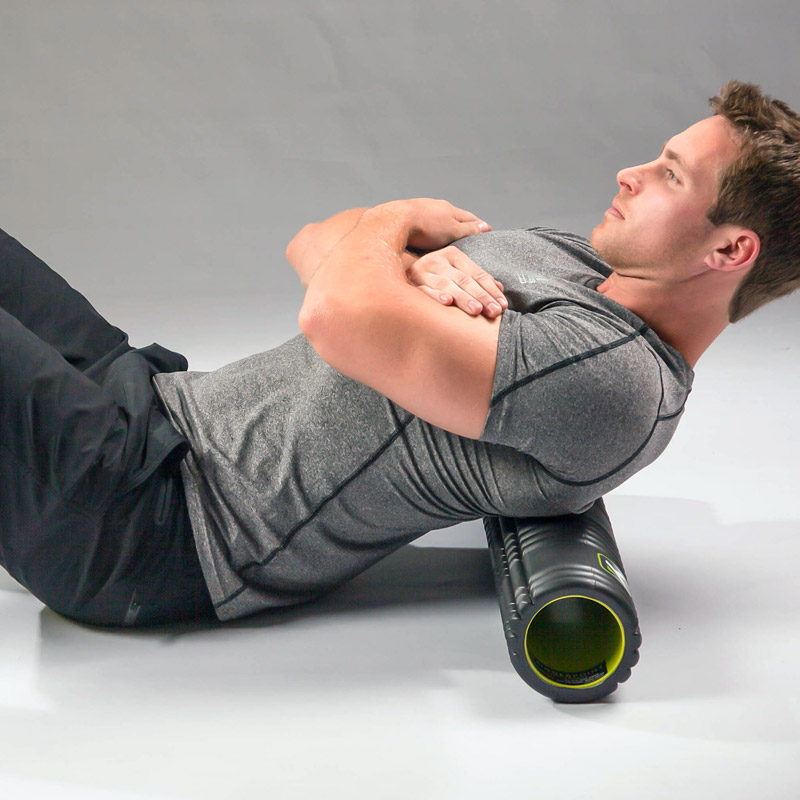
1. On your upper back. Lie with your back on the floor. Place the foam roller under your back and cross your arms over your chest. Lift your hips slightly off the ground, letting the roller support your weight. This will apply pressure to the upper back. Hold it for 60 seconds.
2. On your calves. Sit on the floor with your legs straight out, hands on the floor behind you supporting your weight. Place the foam roller under your calves, and slowly roll along the back of your legs up and down from your knees to your ankles.
3. On your hamstrings. Place the roller under your thighs, then roll it from your knees to your butt. To increase the pressure, roll one leg at time, turning your leg in and out.
4. On your butt. Sit on the foam roller, cross your right leg over your left knee and lean toward the right hip, putting your weight on your hands for support. Roll one butt cheek over the roller. Then switch sides.
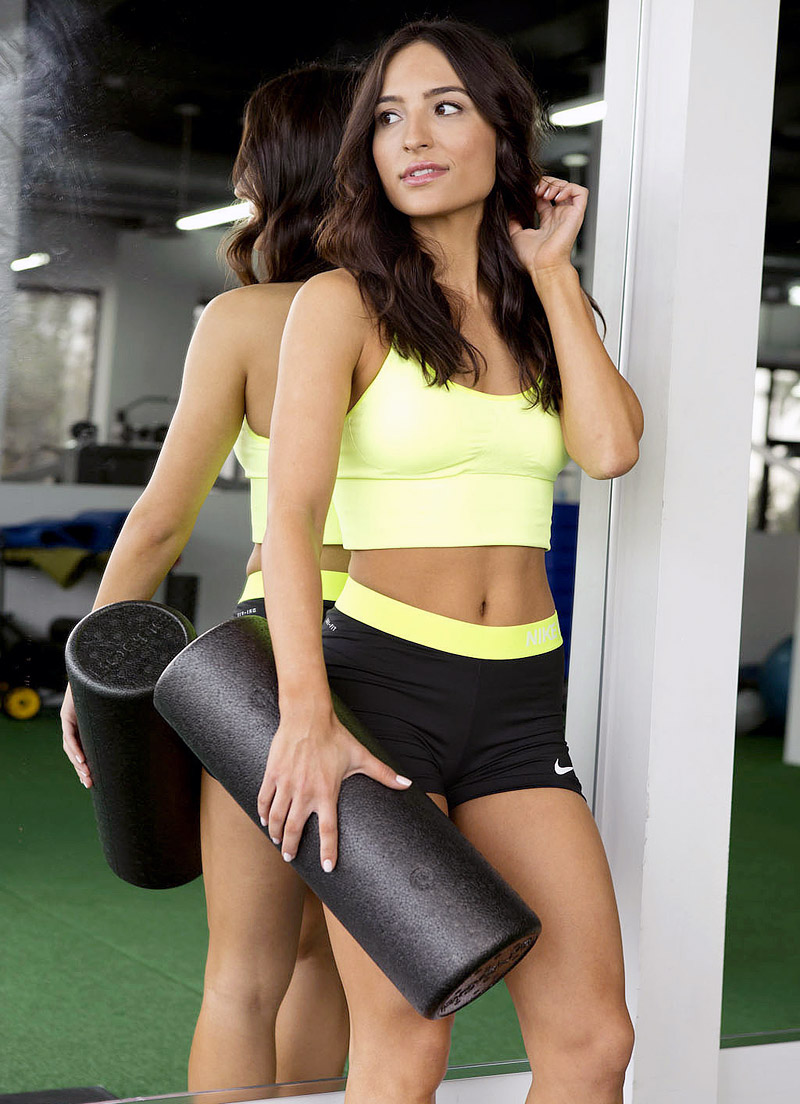

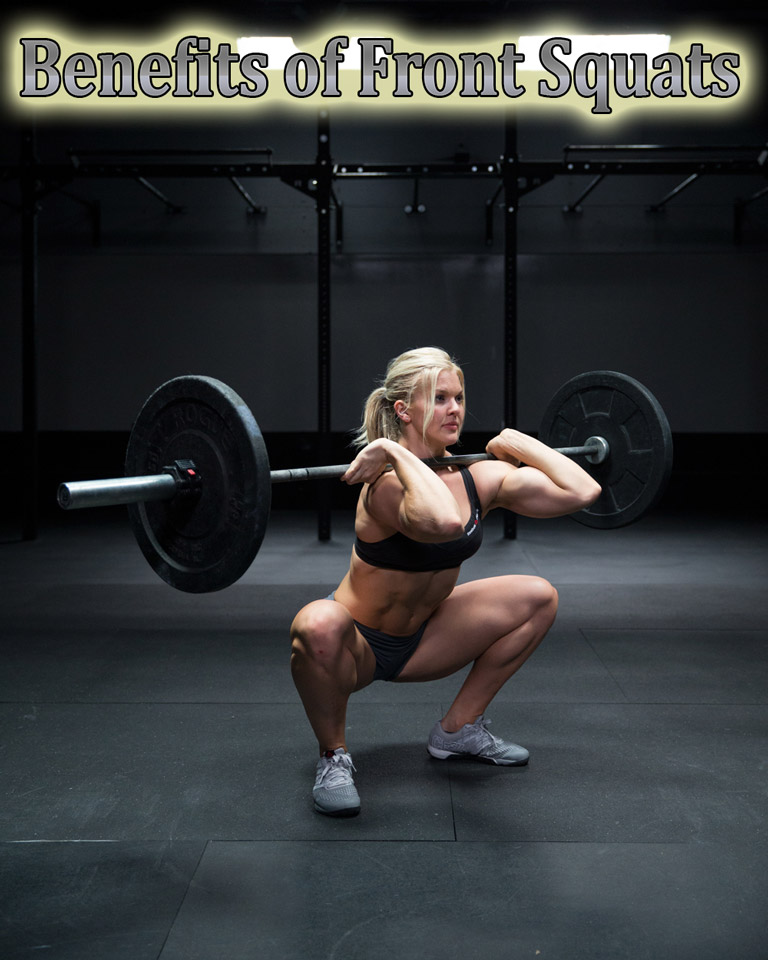


Leave a Reply